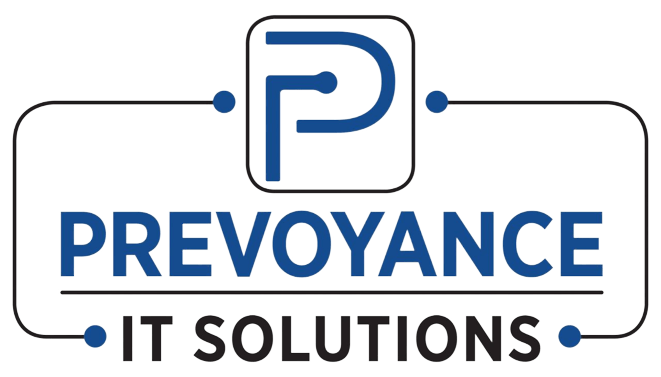


A decade ago, cyberattacks were predictable—phishing emails, brute-force attacks, and malware. But now, cybercriminals use AI as a weapon. They train machine learning models to create convincing emails, generate realistic voices, and even impersonate real employees in video calls.
In this case, the company's AI-driven threat detection system caught the anomaly just in time. Without automated behavioral analysis, the attacker could have accessed sensitive client data.
.png)
.png)
As soon as the IT team stopped the deepfake attack, a new problem emerged. A routine software update from a third-party vendor introduced malware into their system. The attackers didn’t target the company directly—they compromised their vendor, injecting malicious code into the software update.
This wasn’t an isolated incident. Supply chain attacks have skyrocketed, with hackers exploiting vulnerabilities in third-party vendors instead of attacking companies directly. A single compromised supplier can infect thousands of businesses downstream.

While the IT team battled cyber threats, the legal team faced another crisis. New AI regulations and data privacy laws had just been updated, and failing to comply could result in millions in fines. Governments now required companies to prove how their AI models make decisions, a challenge for businesses using black-box machine learning models.